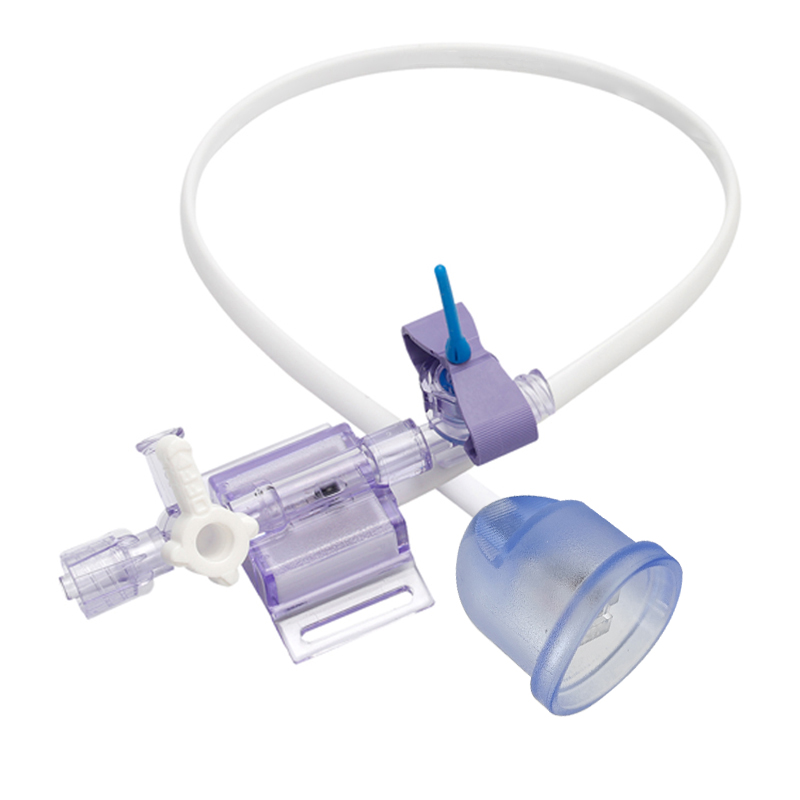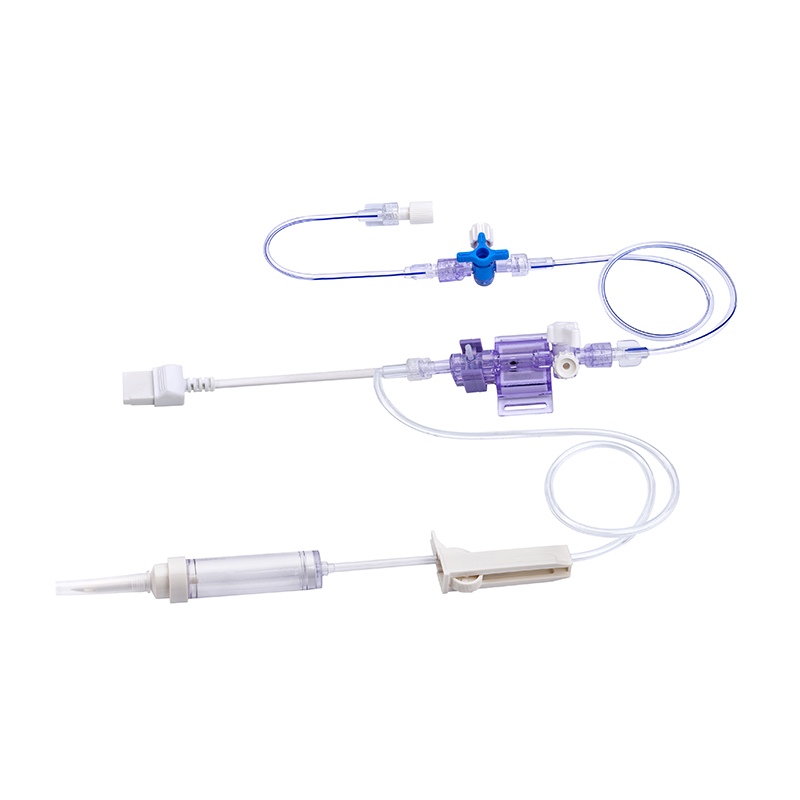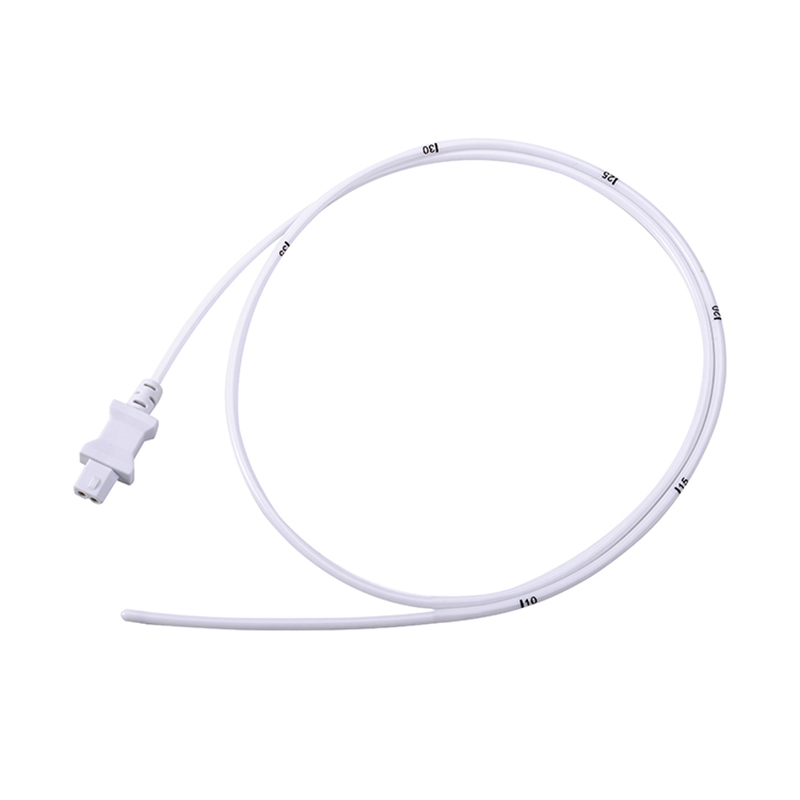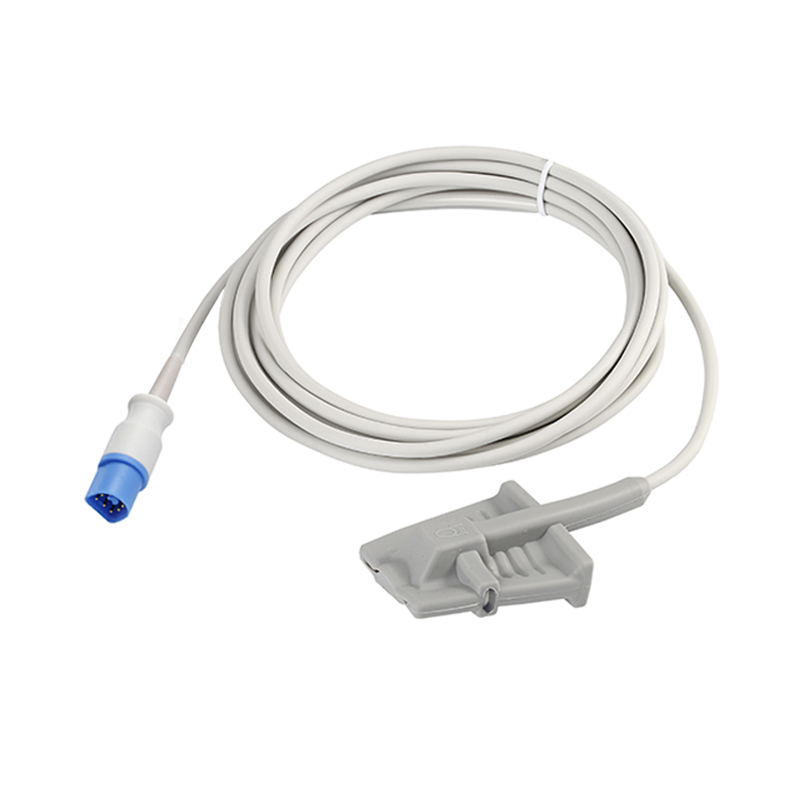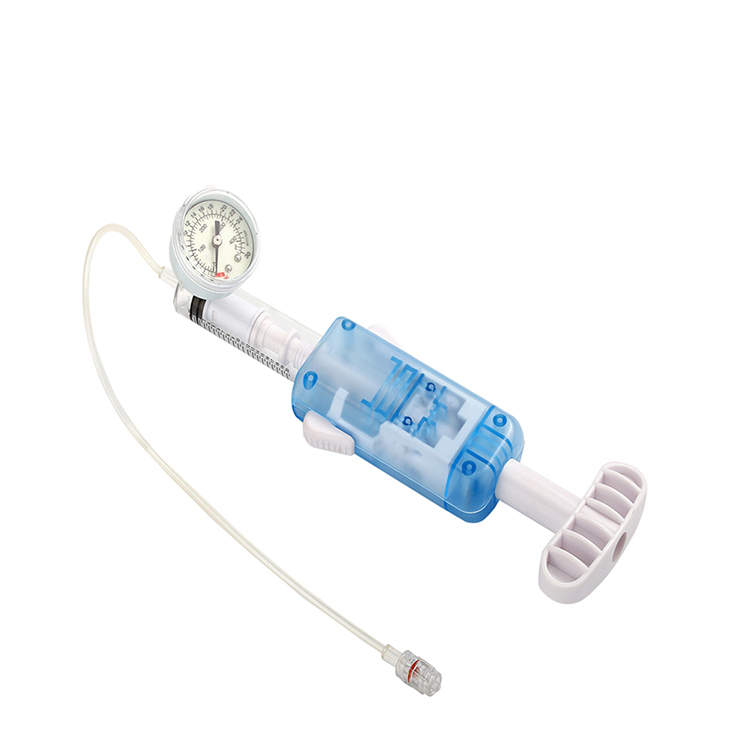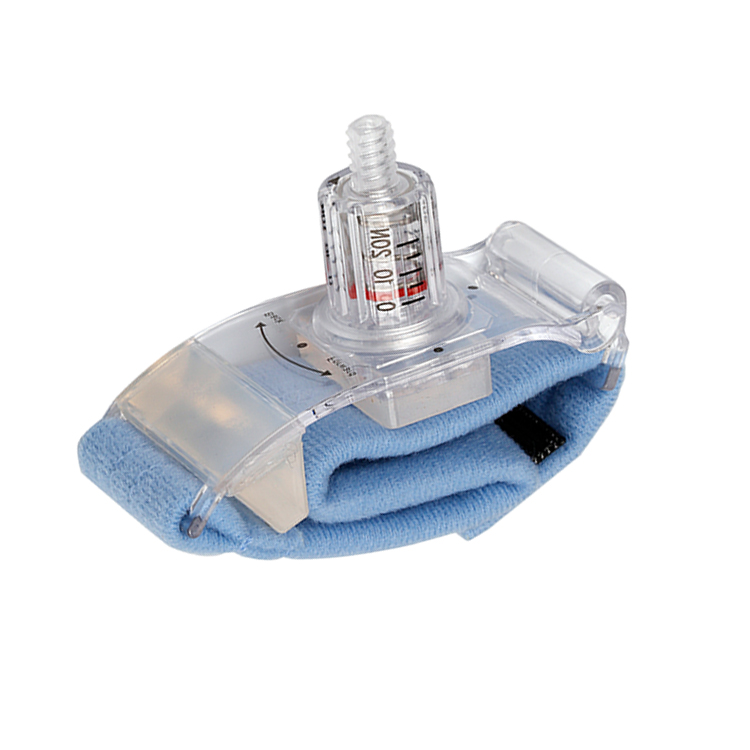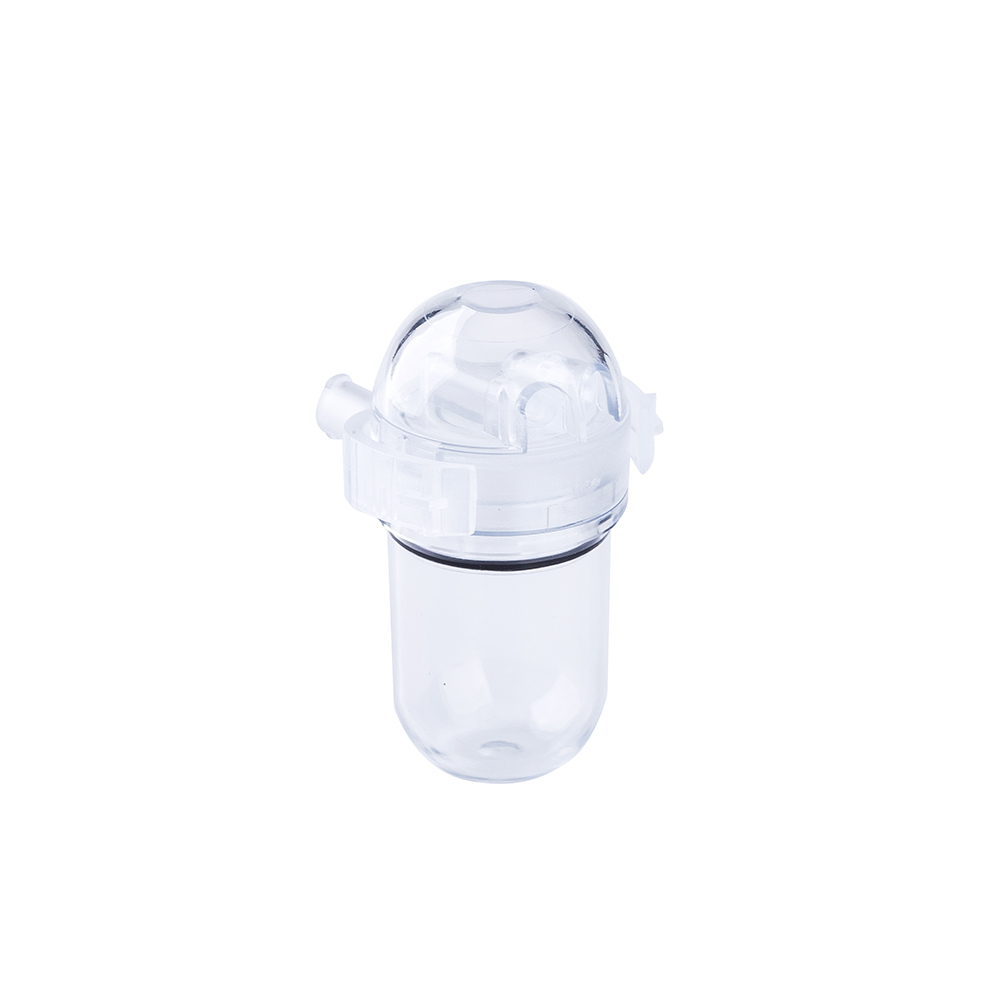GE compatible neonatal reusable SPO2 probes
PRODUCT INTRODUCTION
Oxygen Saturation Classification
Traditional electrochemical oxygen saturation measurement requires human blood sampling (arterial blood is most commonly taken), followed by electrochemical analysis using a blood gas analyzer, arterial partial pressure of oxygen (Pa02) is measured within minutes, and arterial oxygen saturation (Sa02) is calculated. Because this method requires arterial puncture or intubation, causing pain to the patient, and can not be continuously monitored, it is not easy for the patient to get timely treatment when in a dangerous situation. Electrochemistry is an invasive oximetry method with the advantages of accurate and reliable measurement results, the disadvantages of which are troublesome, and continuous monitoring cannot be performed.
Optical method is a new optical measurement method that overcomes the shortcomings of electrochemical method. It is a continuous non-invasive oximetry method and can be used in emergency ward, operating room, recovery room and sleep research. At present, pulse oximetry is the most used, and its principle is to detect the change of blood light absorption, measure the percentage of oxyhemoglobin (Hb02) to all hemoglobin (Hb), and thus directly obtain SPO2. The advantage of this method is that it can achieve continuous non-invasive measurement of the human body, and the instrument is simple and convenient to use, so it has been paid more and more attention. The disadvantage is that the measurement accuracy is lower than that of electrochemical method, and the error is particularly large when the blood oxygen value is low. Ear oximeters, multi-wavelength oximeters and recently introduced pulse oximeters have emerged successively. The measuring error of the newest pulse oximeter has been controlled within 1% to meet the requirements of clinical use. Although they have not been satisfactory in some aspects, the clinical benefits they produce have been widely recognized.




